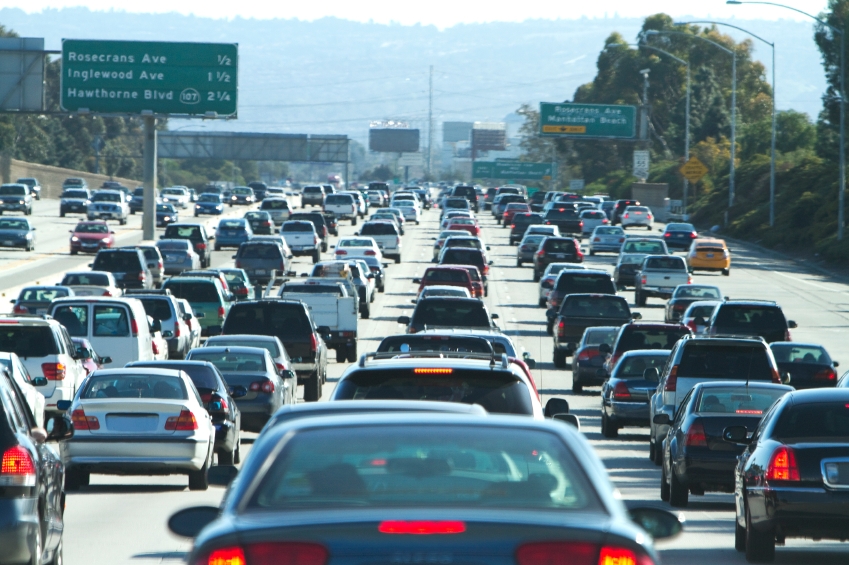‘Feebates’ would reduce vehicle greenhouse gas emissions in Calif by 3-10%

‘Feebates’ would reduce vehicle greenhouse gas emissions in Calif by 3-10%
- June 10, 2010
- Collaborative UC study co-authoered by UCI economist David Brownstone evaluates potential program’s effectiveness to meet 2020 required reductions
-----
 According to a new UC report, providing rebates for the purchase of low emissions
vehicles while charging fees on high emissions vehicle purchases would result in a
three to 10 percent reduction of vehicle greenhouse gas emissions in California by
the year 2020. The market-based program, known as a “feebate,” is one of several
measures being considered by the California Air Resources Board to meet greenhouse
gas reduction limits set forth in the state’s Global Warming Solutions Act of 2006,
which was signed into law that same year. The law holds the board accountable for
implementing programs that would reduce potential 2020 emission levels to those produced
in 1990. Studies convened by the board found 1990 levels to be equivalent to 427
million metric tons of carbon dioxide, and estimate that without reduction measures
in place, emissions numbers would increase to 600 million by the year 2020.
According to a new UC report, providing rebates for the purchase of low emissions
vehicles while charging fees on high emissions vehicle purchases would result in a
three to 10 percent reduction of vehicle greenhouse gas emissions in California by
the year 2020. The market-based program, known as a “feebate,” is one of several
measures being considered by the California Air Resources Board to meet greenhouse
gas reduction limits set forth in the state’s Global Warming Solutions Act of 2006,
which was signed into law that same year. The law holds the board accountable for
implementing programs that would reduce potential 2020 emission levels to those produced
in 1990. Studies convened by the board found 1990 levels to be equivalent to 427
million metric tons of carbon dioxide, and estimate that without reduction measures
in place, emissions numbers would increase to 600 million by the year 2020.
“In the big picture, a market-based feebate program would contribute two to five percent of the reductions needed to achieve the law’s overall targets,” says David Brownstone, UCI economist. Brownstone specializes in using mathematic models to understand the economic effects of transportation alternatives and was a consultant on the study. “This is only a small fraction of the reductions that will be needed to reach the 2020 targets, but in comparison, it’s a larger reduction than what we can expect from the Million Solar Roofs Initiative and High Speed Rail Project combined.”
The collaborative yearlong UC research effort was led by the UC Davis Institute of Transportation Studies under the direction of David Bunch, professor, and David Greene, researcher. UC was contracted by the California Air Resources Board to focus specifically on the potential design, implementation, and benefits of and possible stakeholder responses to a state-wide feebate program.
Combining economic modeling, survey responses and focus group feedback, the researchers determined an average $600 rebate on the purchase of a new low emissions vehicle, such as a Toyota Prius, while charging a $700 fee for the purchase of new high emissions vehicles, such as sport utility vehicles and pickup trucks, would yield maximum results.
The full report, which was submitted to the California Air Resources Board in May, is available online at http://pubs.its.ucdavis.edu/publication_detail.php?id=1400.
-----
Would you like to get more involved with the social sciences? Email us at communications@socsci.uci.edu to connect.
Share on:
Related News Items
- Careet RightNotes from a future professor
- Careet RightCan Opportunity Zones ever meet their poverty-fighting promise?
- Careet RightFei Yuan named one of ten global China Times Young Scholar Fellows
- Careet Right'Wired for Words: The Neural Architecture of Language,' an excerpt
- Careet RightEveryone's looking for a partner who has these 3 traits, according to research


